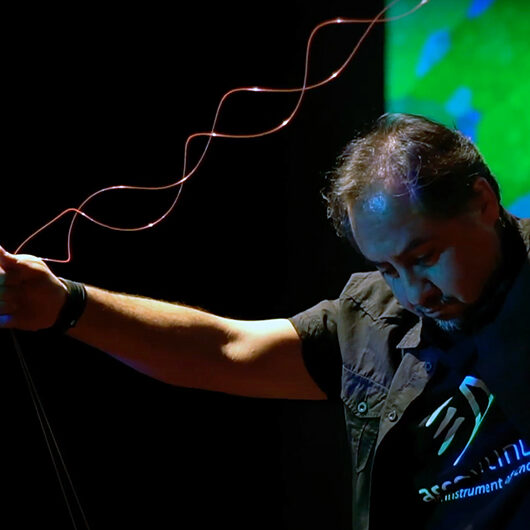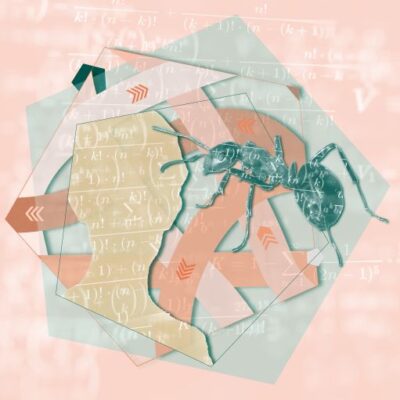Of all the human senses, we usually consider sight to be the most important. It seems natural to present research results and other data only in texts and images. But perhaps sounds would be better suited for this, more intuitive and easier to understand? This question is the focus of the workshop “Complexity, Aesthetics, and Data Sonification” from 18 to 22 March at the Center for Interdisciplinary Research (ZiF) at Bielefeld University. To present their projects in the form of a multimedia show, the researchers are inviting everyone interested to a public performance on 21 March at 7 pm.
‘The technical problems with the sonification of data have largely been overcome, but it is still uncommon compared to data visualisation,’ reports Dr Thilo Gross, Professor of Biodiversity Theory at the University of Oldenburg. He is leading the workshop together with Dr Maximilian Schich, Professor of Cultural Data Analytics at the University of Tallinn (Estonia) and Dr Cristián Huepe, Professor of Complex Systems Research at Northwestern University (USA).

© (v.l.): Arno Mikkor, UC Davis, Nicole La Due
The researchers are convinced that it is not only possible to set data to music, but that in many cases it also has advantages over visualisation. ‘Sound and multidimensional data can all be understood via their spectral properties,’ explains Maximilian Schich. “Sonification promises unheard potential beyond visualization and description, if we can achieve an intuitive and appealing mapping between the two.’ At the workshop, they will work in the universal rules of such mappings.
Looking for a standardised audio language for research data
Forms of visual illustration that are internationally recognised have been developed since long, the researchers report. These include e.g. coordinate systems, bar charts and curves. ‘We now want to utilise advances in the field of network research, research into complex systems, aesthetics and artificial intelligence to develop a consistent tonal language that is suitable for representing scientific data in sound,” says Cristián Huepe. ‘To this end, we are bringing together researchers from the fields of complexity research, sonification and aesthetics, as well as artists that develop complex soundscapes using the same concepts.’

© Gentileza Instituto de Música
Combining art and science through music
The workshop programme includes a public music and sonification performance on 21 March at 7 pm (registration here). Five artists will attempt to explore the role of music at the interface between art and science. They will present from computer music controlled by brain waves to piano compositions generated by an electrocardiogram and AI processes that can generate music. The organisers promise an evening ‘full of creativity and unusual explorations’.




